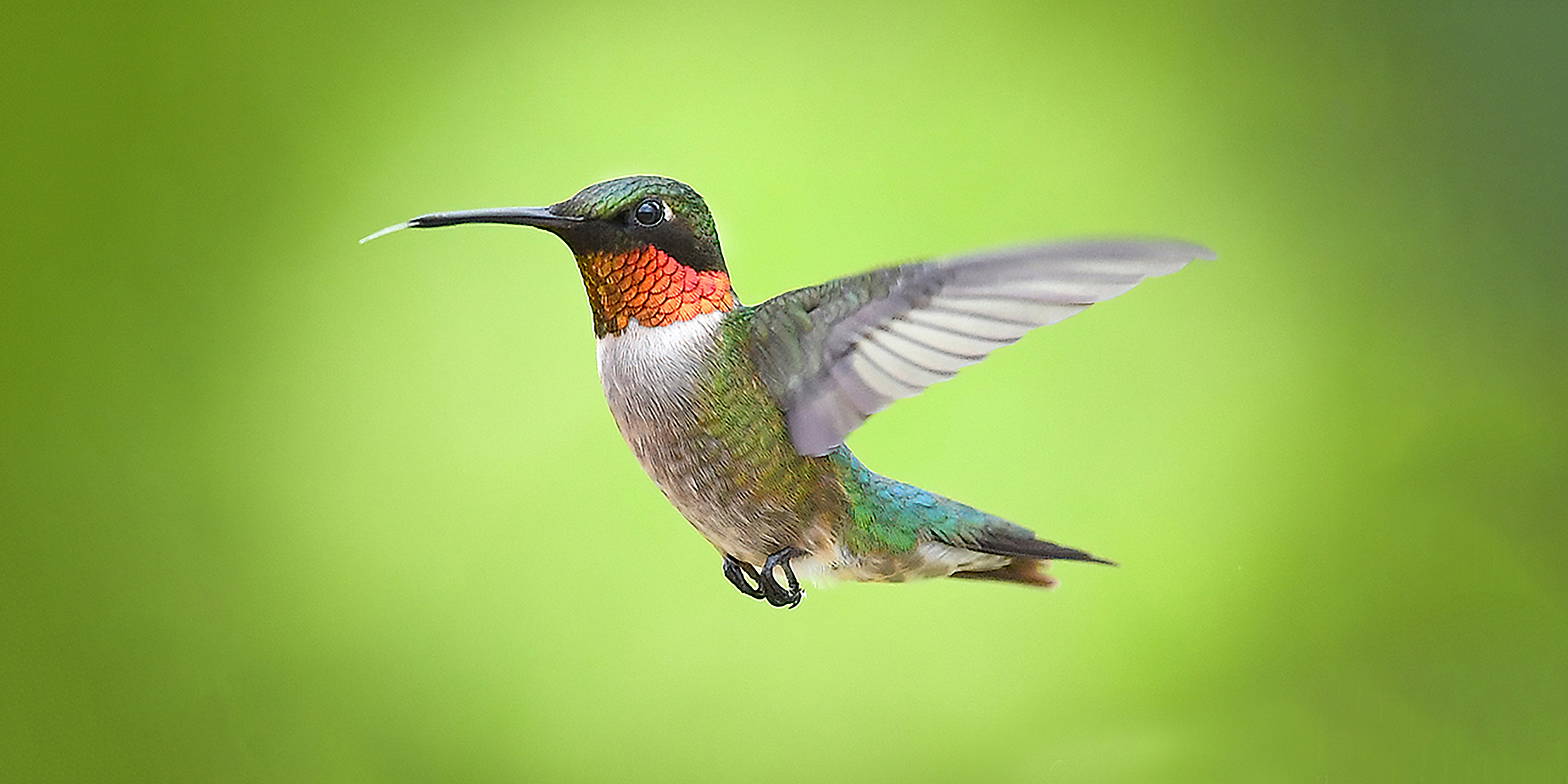Originally published 17 February 2008
“Perhaps we are here only to say: House, Bridge, Fountain, Gate,” says the poet Rainer Maria Rilke. He continues: “But to say them…oh, to say them more intensely than the Things themselves ever dreamed of being.”
It is the poet’s task to take simple words, everyday words and infuse them with a greater meaning, so that the house becomes more than a house, the bridge more than a bridge, a fountain more than a fountain, a gate more than a gate. Words in a poem rustle in crinolines of meaning. They signify, of course. They lift and hallow too.
Scientific communication is a rather different thing. It hews and pares, strips away ambiguity, strives — as best it can — to express the Thing Itself unburdened by cultural complexification.
Here are titles of a few reports in the current [2008] issues of Science and Nature:
- Cell cycle control of centrometric repeat transcription and heterchromatin assembly.
- Reciprocal binding of PARP‑1 and histone H1 at promoters specifies transcriptional outcomes.
- Three-dimensional super-resolution imaging by stochastic optical reconstruction microscopy.
- Quantum phase extraction in isospectral electronic nanostructures.
To the ordinary reader, this language may sound hopelessly complex — and mind-numbingly boring. It appears complex because it is so achingly simple, each word bearing a precise meaning, like a tool that’s been fashioned to accomplish a specific task. One need not know anything about the authors of the articles to understand what is meant by the words. A “house” is a house. A “bridge” is a bridge. A “fountain” is a fountain. A “gate” is a gate.
And this has been the source of the great power of the scientific method. Francis Bacon said that what a person would like to be true, he preferentially believes. Even the most fair-minded observer can be led into error by unconscious or unexamined prejudices, which is why scientists place so much emphasis on controlled experiments, reproducibility, the statistical analysis of data, peer review, mathematics, diagrams, photographs — and specialized language. The point of these strategies is to minimize the effect of “seeing what we want to see,” to be boring by design.
But of course we cannot live exclusively in a world of the Thing Itself. That’s not who and what we are. As the poet Wallace Stevens says, “Still one would want more, one would need more/ More than a world of white and snowy scents.” More than House, Bridge, Fountain, Gate unadorned. “There would still remain the never-resting mind,” says Stevens. The mind that confers upon objects their crinolines of meaning. We need our poets too.
Let me take a single example: Motor.
A biologist might speak of the molecular “motor” that drives the flagellum, the little whiplike propeller that lets a bacterium swim. It is not, of course, the sort of motor we are used to seeing, the kind that turns the drum of our washing machine, for instance. But we know precisely what the biologist means by the word: powered rotary motion. The word is metaphorical in a tightly controlled sense. It has no loose ends. No fuzzy edges.
Now consider the use of the same word in describing a hummingbird in Mary Oliver’s poem Hummingbird Pauses at the Trumpet Vine: “…and who doesn’t want/ to live with the brisk/ motor of his heart/ singing/ like a Schubert…” Here the word has even less in common with the driving mechanism of the washing machine. A whirring. A breathlessness. The furious exhilaration of a heart in love, of ecstasy. This is the motor that drives the bow on the violin, the trill of the singer’s voice. Here is a word that is wonderfully apt, yet so encompassing that it can embrace a Schubert. The poet speaks of a motor more intensely than the motor in a washing machine ever dreamed of being.
But Oliver’s use of the word takes us nowhere toward understanding the amazing metabolism of hummingbirds; for that we need words trimmed close to the bone, words of closely circumscribed meaning, words that mean exactly the same thing to everyone who uses them, scientific words. The poet with her swishing, rustling metaphors will never discover that hummingbirds have the highest metabolic rates of any animal, a dozen times higher than a pigeon and a hundred times higher than an elephant. She will never know that in hovering flight a hummingbird’s wings beat at an incredible 80 times per second or that its heart beats 10 times faster than a human’s, or that to maintain these rates a hummingbird must consume nearly its weight in nectar daily, which requires visits to hundreds or even thousands of blossoms, or that an active hummingbird is never more than a few hours away from starving to death. Wouldn’t the poet want to know these things? Wouldn’t everyone?
Then, in knowing, the motors of our own hearts sing like a Schubert. Houses float up from their foundations. Bridges leap into the air like birds. Fountains gush hallelujahs. Gates fling themselves open to the world.



